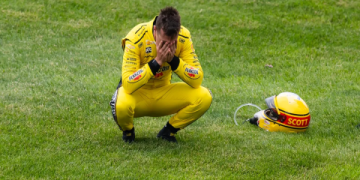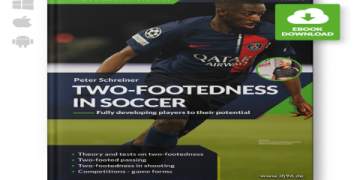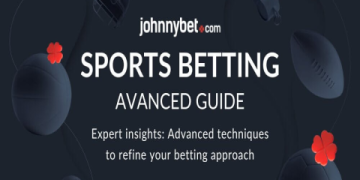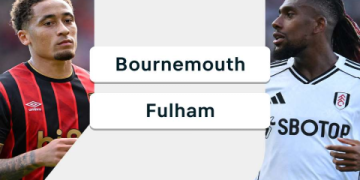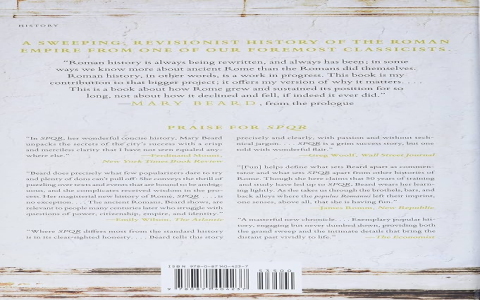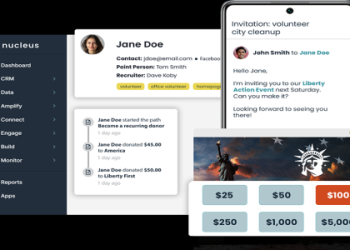Alright, let’s talk about this idea of “keystone campaigns.” I bumped into this concept a while back, and it sounded pretty solid, so I thought, why not give it a try myself? Here’s how it went down, step by step.
Figuring Out What Mattered
First off, I had to sit down and really think. What were the absolute core things we were doing that actually brought in the results? You know, the stuff that, if it stopped, everything else would kinda fall apart. It wasn’t about just listing everything we did; it was about finding the real pillars.
So, I pulled up all our reports, looked at where our best leads came from, which activities kept people engaged the longest, and honestly, where we saw the most return for our effort. This took a bit of time, digging through numbers and notes. Lots of coffee involved.
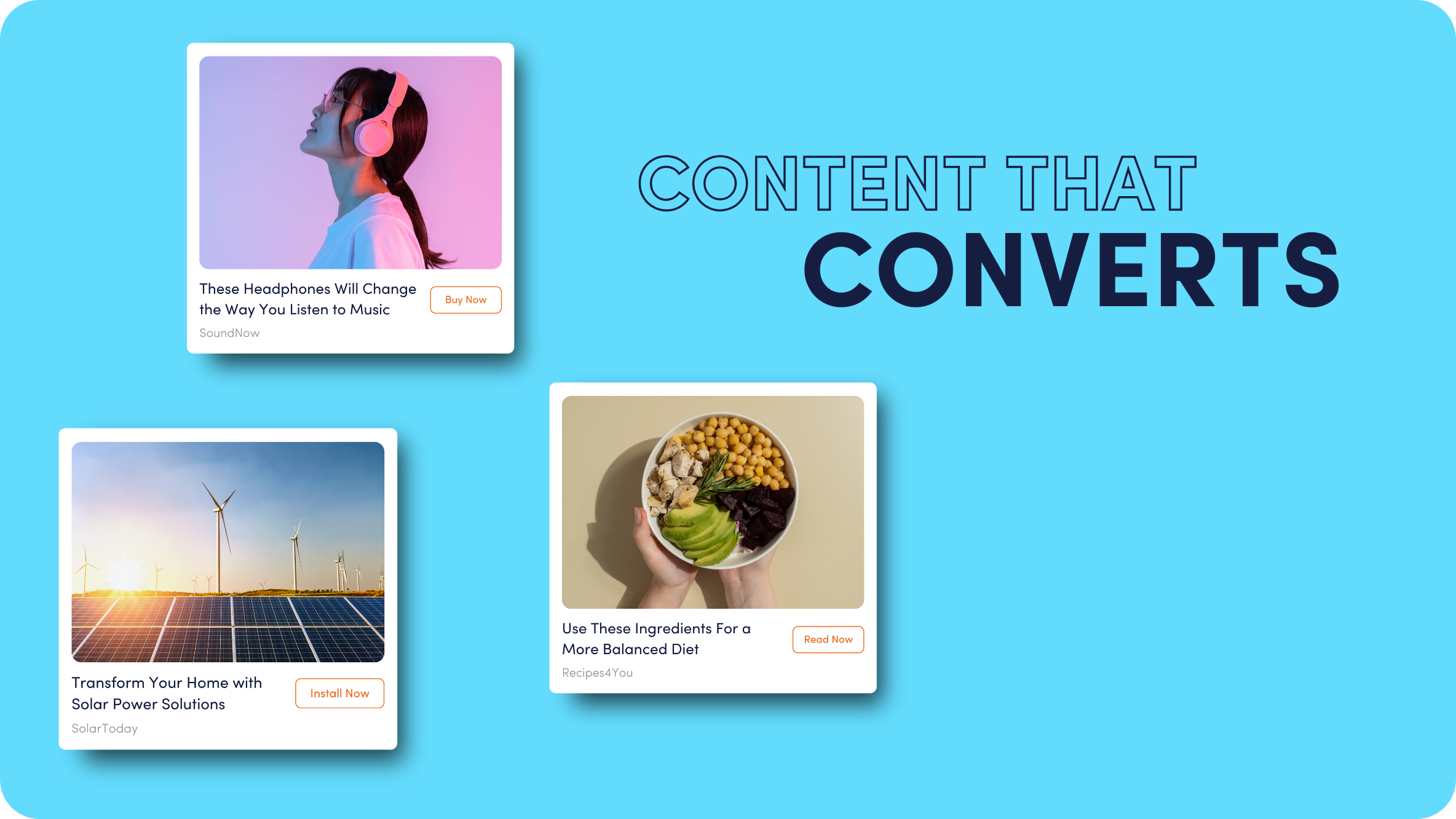
It wasn’t super scientific, more gut feeling backed by some data. I identified a couple of things that really stood out. For us, it boiled down to:
- Our main product tutorial series. People loved it, and it directly led to sign-ups.
- The weekly newsletter we send out. It kept our community connected.
- One specific partnership that consistently delivered quality leads.
These became our “keystones.”
Making the Shift
Okay, identifying them was one thing. The next part was actually treating them like keystones. This meant we had to consciously decide to put more energy, time, and resources into these specific areas. And, crucially, it meant doing less of other things.
This was the tricky bit. We had lots of smaller projects and initiatives going on. Some were pet projects, others were things we’d always done “just because.” We had to make some tough calls and pause or significantly scale back activities that weren’t directly supporting these keystones.
We started dedicating specific team members to really own each keystone. For the tutorial series, we planned out updates and improvements. For the newsletter, we brainstormed ways to make it even more valuable. With the partnership, we doubled down on communication and support.
The Actual Work and Watching
Then came the doing. We actively worked on improving these keystone campaigns. We refined the tutorial content based on feedback. We experimented with different formats for the newsletter. We invested more time in nurturing that key partnership relationship.
It wasn’t like a massive, overnight change in what we did, but more a change in focus and intensity. We were deliberately putting our best foot forward on these specific things.
And we watched. Kept an eye on the metrics related to these keystones. Were the tutorials getting more views and better completion rates? Was the newsletter engagement improving? Did the partnership yield even better results?
What Happened
It took a little while, maybe a couple of months, to really see the difference. But things started to shift. The keystone areas got stronger. Engagement went up. The results directly tied to these campaigns became more prominent in our overall numbers.
More importantly, things felt less scattered. The team had clearer priorities. Instead of trying to do a little bit of everything, we were doing a few things really well. It brought a sense of clarity that was missing before.
So yeah, that was my journey with setting up keystone campaigns. It was basically about identifying what truly mattered, having the discipline to focus on it, and then putting in the work to make those core elements shine. It simplified things and definitely made our efforts more impactful. Worth doing, in my book.

